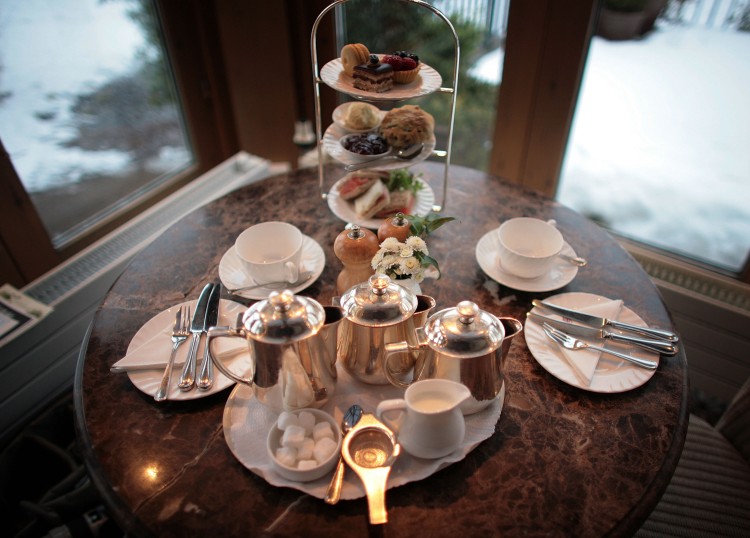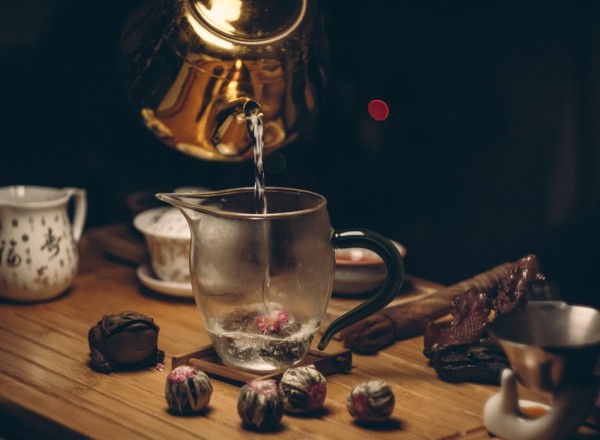
The Language of Tea
For those who love a good cuppa, the first annual Ottawa Tea Festival, whose theme is “Sharing culture through the language of tea,” will be held at City Hall on Saturday, Nov. 5.
From 11 a.m. to 6 p.m. there will be presentations about tea-producing countries, tea tastings, dance performances, and a chance to see tea ceremonies form Korea, Japan, and China. Presenters include festival creator/founder and certified tea specialist Kimi Urlu, certified tea sommelier Tao Wu, and Korean Tea Master Yoon Hee Kim.
Several tea-related workshops will also take place at various times and locations in the Market area on Nov. 6, including pairing tea with food or chocolate à la fine wines, tea retailing, and how to blend teas with a focus on the medicinal properties of teas. You can register online for the workshops at kimicha.com.
What makes the festival unique is that monies raised will go to support humanitarian projects in a tea-producing country. This year’s recipient will be Ashinaga, a Japanese not-for-profit that provides emotional and financial support to children who have lost one or both parents in a natural disaster. In the aftermath of the recent earthquake and tsunami, many Japanese children were orphaned and left homeless. Information about the Tokyo-based group can be found at Ashinaga.org.
Every country seems to consume predominantly either tea or coffee. Canadians drink more coffee than tea but that may be changing. According to an Agriculture Canada website, of all beverages consumed in Canada, 16 percent is coffee and 12 percent tea. Although the consumption of coffee has steadily increased over the years, tea consumption has recently “exploded,” and this increase is predicted to continue until at least 2020.
The many different teas produced in the world are generally categorized according to colour: black, green, red, and white. Teas mainly come from the Camellia sinensis plant, and it is the curing that changes the colour of the leaves. Green teas contain more antioxidants because they are not fermented during the drying process the way black teas are. Perhaps because green teas contain higher levels of flavonoids that contribute to their antioxidant properties, they are seen as a healthy beverage.
There are also herbal and fruit teas that do not contain any tea at all, such as chamomile, mint, and rosehip.
The Chinese emperor Shen Nung is credited with discovering tea in 2737 B.C. when a tea leaf fell into the cup of hot water he was drinking. Tea was called either te or cha in China, and countries all over the world have adapted a derivative of one of those two words to describe the beverage.
The traditional way to make tea is to add boiling water to the leaves, which may be in an infuser or strained while serving, allow it to steep for the requisite amount of time, and serve it clear or with any combination of milk, sugar, lemon, or spices.
Many new gadgets have been marketed to help with the preparation and serving of tea, especially loose leaf teas, but it seems the traditional teapots that come in a myriad of shapes and materials still predominate, at least for now.
Each country has its traditional teapot including fine porcelain in Europe and North America, gourds in South America, and small finely crafted metal teapots in Asian countries, where a separate pot is used exclusively for each type of tea.
Tickets and information about the tea festival can be found at ottawateafestival.com. The Epoch Times is a sponsor of the festival.
by Pam Maclennan





